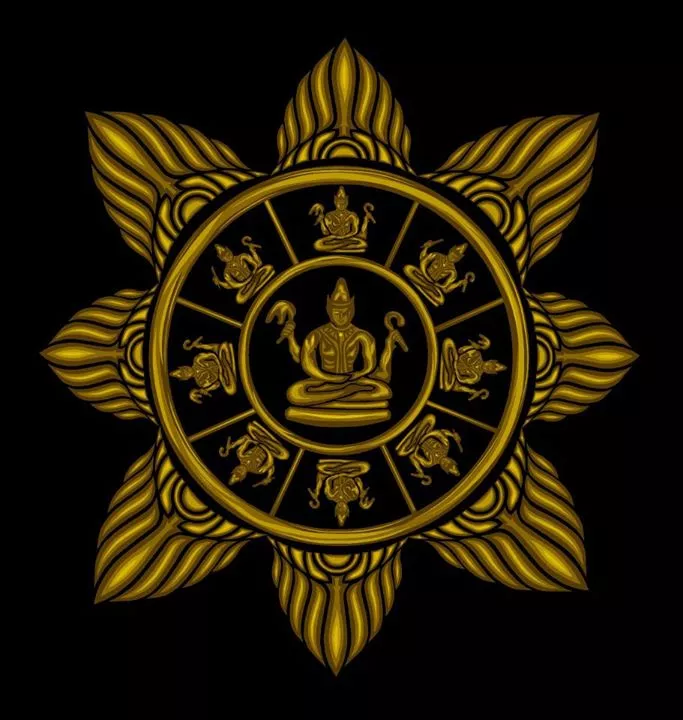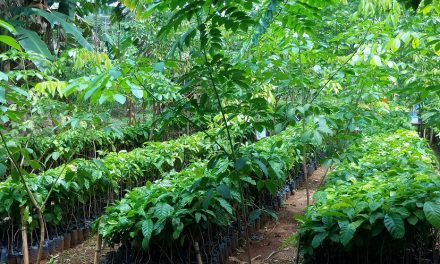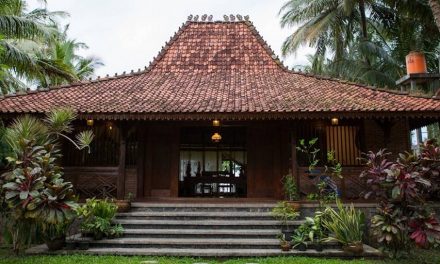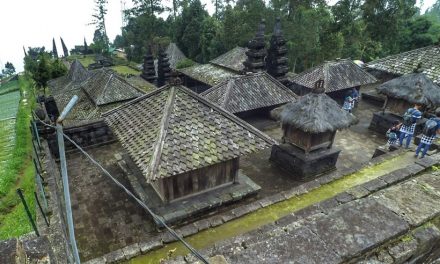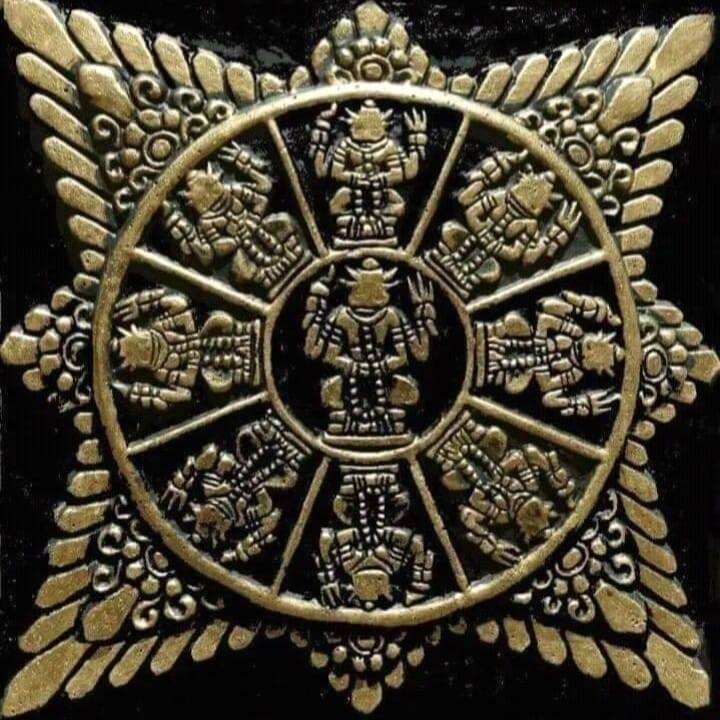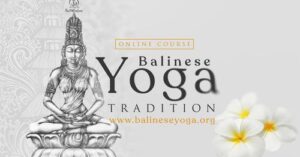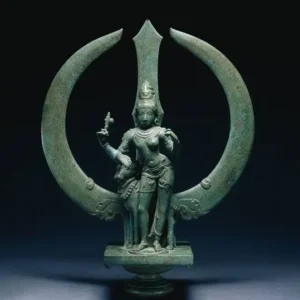
Photo by Sabrina Claros for Ayurganic
Ayurvastra is the art of producing natural textiles for medicinal clothing made of natural fiber such as cotton yarn, jute fibre, silk, wool etc. and dying them with medicinal herbs.
Ayur means life in Sanskrit, and Vastra means dress.
Natural friendly fibers such as organic cotton and hemp have now become popular. However, after these fabrics are manufactured, they still have to be dyed in the same toxic chemical dyes.
The textile industry is one of the biggest polluters on the planet, both due to the chemicals it uses in its manufacturing processes and the chemicals used to control pests during cotton growing.
Chemical dyeing is also a major concern for people with chemical sensitivities. It may cause nausea, breathing difficulties, seizures etc.
Herbal dyeing for Medicinal Clothing
Herbal dyeing eliminates the impact of both harmful chemicals and pesticides.
Ayurvastra clothing is completely free of synthetic chemicals and toxic irritants and is totally organic, sustainable and biodegradable.
Plant-based dyes not only eliminate the effects of chemical dyes in the water supply, but also have more subtle healing aspects for the wearer.
The roots, flowers, leaves, seeds and barks of more than 200 medicinal herbs, plants, flowers, roots, and barks are used to make the dyes.
In Ayurvastra, the color is gained from the medicinal preparation only – no other colorants are used. As a result, its properties will last as long as the color is there.
Since the herbs make beautiful shades, Ayurvastra is also becoming very popular for its primordial elegance.
The Ayurvastra Manufacturing Process
The process starts with organic cotton or silk that is dyed in herbal infusions for both color and health purposes.
The natural yarns are dyed by hand using herbs, plants, flowers, roots and barks that contain medicinal properties.
The dye bath infuses the fibers with the natural colors of these plants, along with their healing components. The yarns are then woven into fabric, and made into clothing.
The bleaching of cloth is done naturally by exposing it to sunlight on a natural grass base and by use of animal manure.
The temperatures of the dyes, the duration and number of the dye soaks, the blend of herbs, and even the equipment used are carefully controlled.
To make the colors bright and fast natural, mordents such as myrobalans, rhubarb leaves, oils, minerals, alum, iron vat etc are used instead of heavy metal mordents like copper, chrome, zinc, tin etc.
The finishing process used after herbal dyeing is also organic and is given by sprinkling pure water on the cloth and then stretching under pressure, using hand rolls, aloe vera, castor oil etc.
During this entire treatment only natural processes are used and the fabrics and yarns on which herbal dyes can be used are organic cotton, natural cotton, silk, wool, linen, jute, hemp etc. and their natural blends.
Knowledgeable artisans carefully monitor dye temperatures, the duration and number of the dye soaks, the blend of herbs, and even the equipment.
The herbs do not pollute through contamination of water in areas close to the factory.
The solid residue left after dyeing can also be used for the purpose of recycling – solid and liquid waste is separated through filtration and used for farming purposes and watering the fields.
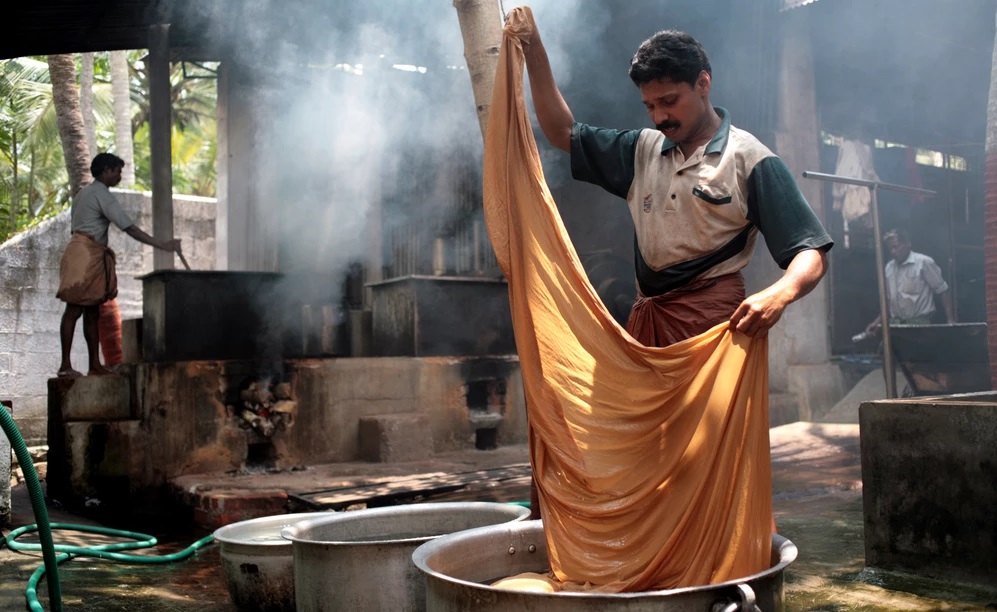
‘Medicinal clothing’ for the body’s largest organ
The cotton yarn or fabric is then colored with mixtures of herbal dyes chosen to treat specific conditions.
For diabetes, cloth dyers combine Mimosa pudica, Cumin, flowers from the sacred Champa tree (Michelia champaca) and Shoe flower (Hibiscus rosa-sinensis).
The herbs used are different from vegetable dyes as they are not only natural but also have medicinal value. All kinds of shades of red, yellow, brown, orange and green etc. can be prepared with the help of these herbs.
The skin is the body’s largest organ. It acts as a barrier but also as a conduit for outside substances to enter the body. Many toxins and chemicals in industrial clothing are assimilated into the body through the skin.
In Ayurvedic medicine, the skin is said to have 7 layers. Starting at the outermost, the layers are: Avabhasini, Lohita, Shweta, Tamra, Vedini, Rohini and Mamsadhara. The fourth, Tamra, both supports the immune system and acts as a barrier. According to Ayurveda, skin infections reflect an imbalance in this layer.
Ayurvastra clothing can also be worn to treat skin infections, eczema, psoriasis, asthma. For skin diseases, the herbs include Turmeric, Neem and Sandalwood.
Colors range from subdued to bright and rich, like the garments dyed with curry.
When worn or slept in, the fabrics deliver the medicinal effects of herbs through the skin.
How herbal textiles help in fighting diseases
Many clinical experiments have shown the effectiveness of Ayurvastra. It was found that it can help those suffering from skin diseases, arthritis and blood pressure.
For instance, after using bedding, rugs and towels made from Ayurvastra for one month, patients suffering from eczema, psoriasis and rheumatism showed a “marked improvement.”
- For diabetes, Mimosa pudica, Cumin seeds, Champa flower and Shoe flower (hudahal) are combined in the herbal dye.
- To treat arthritis, practitioners use Curry leaves (Sweet Neem), Acacia and Indian pepper. Acacia is recognized as an anti-inflammatory and Indian pepper similarly suppresses pain and reduces inflammation.
- For skin diseases, the herbs used are Turmeric, Neem, Indigo and Sandalwood.
- Cuscus grass is good for asthma patients
- Sandalwood has a soothing effect that helps in fighting stress.
- Catechu is used for treatment of parasitic infestation and itching.
Some of the other herbal dyes used are pomegranate rind, madder, castor oil, sweet basil, lime, wild turmeric, henna leaves, curry leaf tree, aloe vera, etc. each having their own healing effects.

The Ultimate Yoga Clothing
Ayuvastra clothing is most effective when the human body is at rest. That is why the cloth is commonly found in bedclothes and garments intended for sleep or meditation.
The most effective time to wear herbal clothing is when the body is most at rest such as during sleep or meditation because this is when the body is naturally healing and reestablishing balance.
Ayurvastra creates garments infused with prana (life force). Natural fabric dyeing was almost extinguished by the Industrial Revolution when synthesized color was discovered. Prior to this, humans better understood the consciousness of plants, knowing that their living color, taste and medicinal properties could be.
The unlimited uses of Ayurvastra
Herbal textile is used in making bed coverings, undergarments, towels, meditation clothes, sleepwear, and other such garments that stay close to human skin so that all its benefits could be absorbed through the skin.
The technique for producing herbal textiles is also used for floor coverings and coir mats. For coir mats, the fibers are first soaked in herbal dyes and then woven into coir mats.
Ayurvastra is also used on door mats, carpets, etc to get rid of bacteria, since many herbs destroy germs naturally (Neem for instance). It also benefits the user with the natural aroma of the herbs.
Ayurvastra cloth is especially beneficial when used for sleepwear, bed sheets, towels, meditation clothes and mats.
The most effective time to wear the herbal-infused clothing is while resting, sleeping or meditating, when the body is naturally healing and re-establishing balance, so many of the products are created with those effects in mind.

Where to find Ayurvastra products
More designers are starting to incorporate plant dyes into their designs, drawing on the revival of Ayurvastra:
- Ayurganic is a line of loungewear drawing on the revival of Ayurvastra. Designer duo Lecoanet and Hemant have revived the tradition of ayurvastra in Ayurganic, their line of medicinal clothing. The multi-award winning designers, who began their journey as couturiers in Paris, are now refining the concept of Ayurvastra.
- Moha Impex – Ayurvedic Infused Clothing for Natural Wellness
- Anjelika Dreams Organic produces fair trade, organic handmade clothing that follows this tradition.
- Gibie Towels – Specializes in Ayurvastra towels
- Ayurvastram – Ayurvastra textiles and Yoga mats
- Niraamaya – Ayurvastra Yoga mats
- The Handloom Weavers’ Development Society in India is producing a wide range of herbal fabrics including sarees, bed sheets and dress materials using medicinal dyes, and exporting them to the US, Germany, UK, Singapore and Taiwan.
- Ohli Yoga Loungewear
- Ayurtex
- Ayurkruti
- Sustainable Textiles
- Ayursatwa
- Aura Herbal Wear
